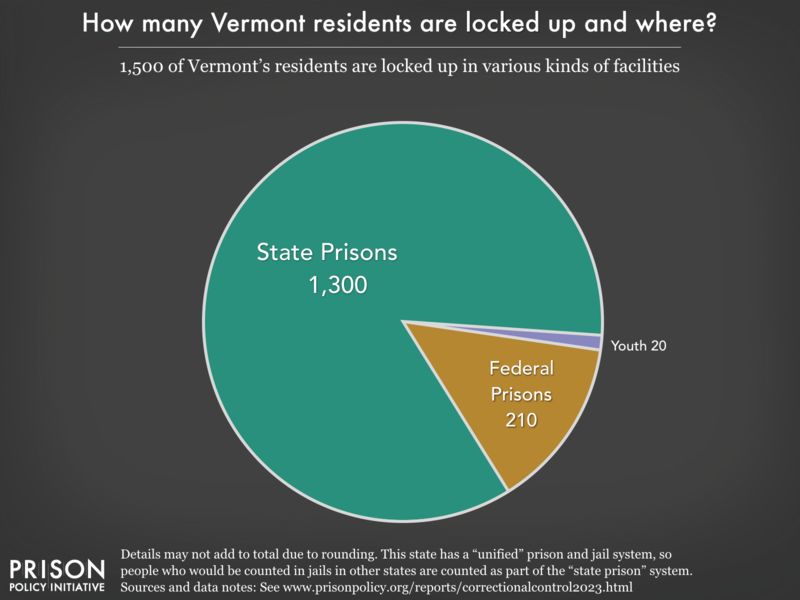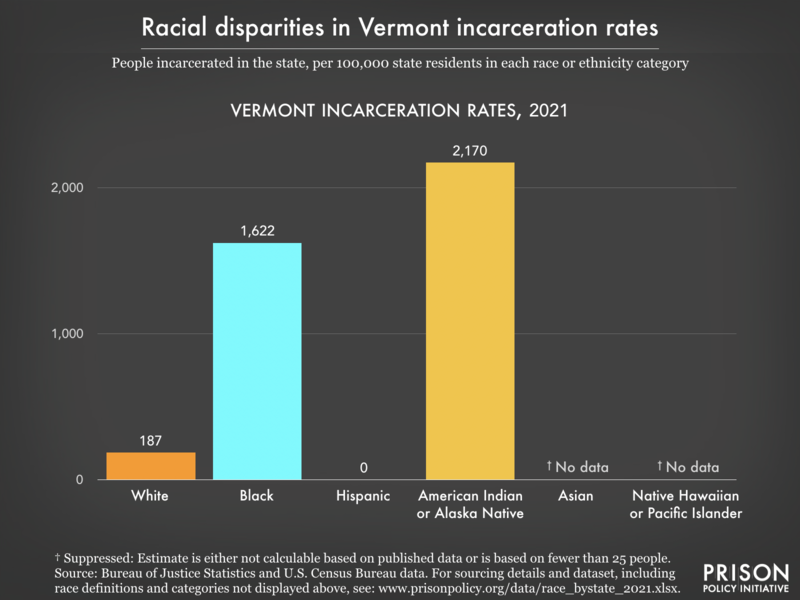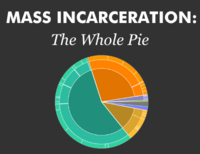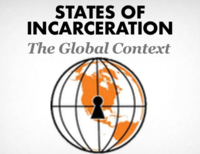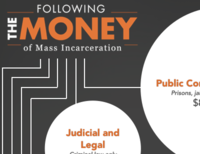Thank you,
—Peter Wagner, Executive Director
Donate
Vermont profile
Vermont has an incarceration rate of 245 per 100,000 people (including prisons, jails, immigration detention, and juvenile justice facilities), meaning that it locks up a higher percentage of its people than almost any democratic country on earth. Read on to learn more about who is incarcerated in Vermont and why.
1,500 people from Vermont are behind bars
Additionally, the number of people impacted by county and city jails in Vermont is much larger than the graph above would suggest, because people cycle through local jails relatively quickly. Each year, at least 9,000 different people are booked into local jails in Vermont.
Rates of imprisonment have grown dramatically in the last 40 years
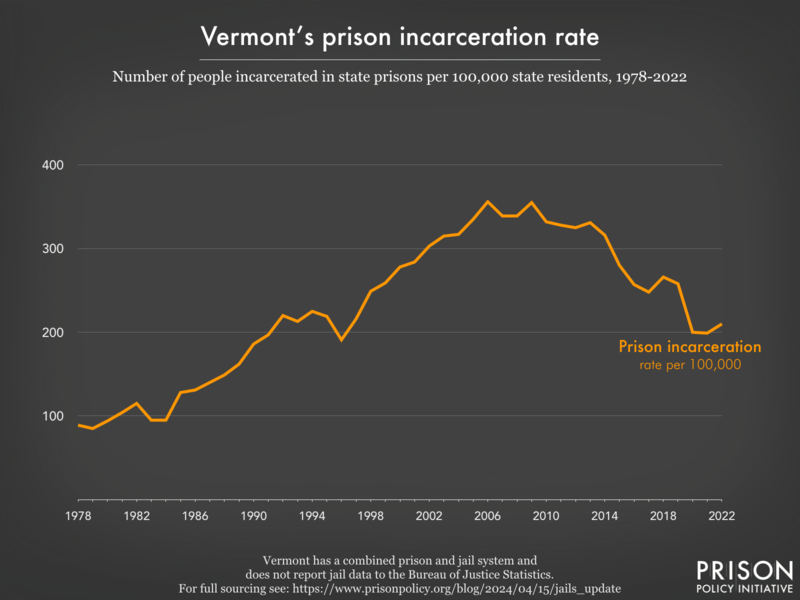
Also see these Vermont graphs:
- total numbers rather than rates.
- Women’s prisons: Incarceration Rates | Total Population
- Men’s prisons: Incarceration Rates | Total Population
Today, Vermont’s incarceration rates stand out internationally

People of color are overrepresented in prisons and jails
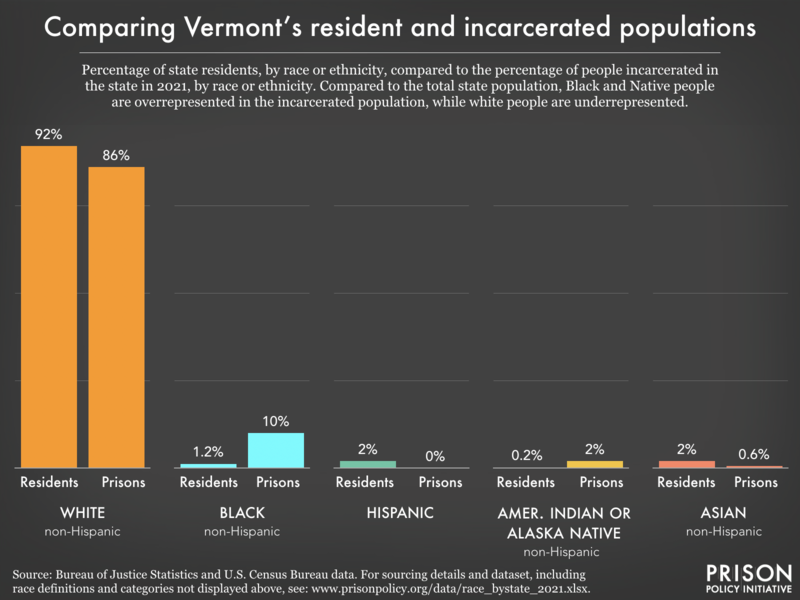
Vermont's criminal justice system is more than just its prisons
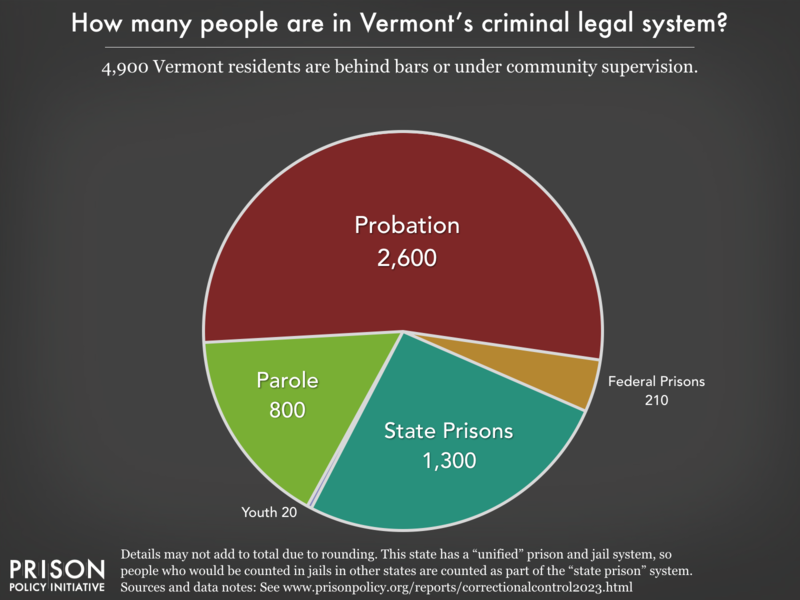
Reports and briefings about Vermont's criminal legal system:
Filter to show
- People on probation in Vermont are saddled with onerous rules and conditions they must follow every day or risk incarceration.
- Prisons in Vermont have tablets, but they may be being used to restrict incarcerated people’s access to books and sap them of the little money they have.
- With an incarceration rate of 245 per 100,000 residents, Vermont locks up a higher percentage of its people than almost any democratic country on earth.
- Prisons in Vermont force incarcerated people and their families — some of the most vulnerable members of society — to subsidize mass incarceration.
- Vermont releases roughly 2,216 men and 321 women from its prisons each year. What is it doing to support them upon reentry?
- Vermont allows parole officers to restrict whom their clients can be around — even loved ones who are trying to help them
- The parole board in Vermont is releasing 49% fewer people and holding 46% fewer hearings since the pandemic started
- Black people in Vermont are incarcerated at a rate 8.7 times higher than white people.
- Vermont’s choice to criminalize “failure to appear” may be hurting public safety
- The cost of incarcerating older people is incredibly high, and their risk of reincarceration is incredibly low, yet 14% of people in Vermont prisons are over the age of 55. Why is the state keeping so many older people locked up?
- Prisons in Northeastern states, like Vermont, have seen the greatest increase in deaths during heatwaves.
- Vermont makes it difficult or even risky for incarcerated journalists to tell their stories.
- In Vermont, 1,500 people are incarcerated and another 3,400 are on probation or parole.
- Vermont charges up to 25¢ for an e-message to or from prison.
- Prisons in Vermont charge up to $1.04 for a 15-minute phone call, reaping profits for companies.
- Vermont has granted zero commutations to incarcerated people in recent years, including during COVID-19
- Vermont is one of just a handful of states that do not charge incarcerated people copays for medical care.
- Vermont prisons don’t define indigence so it is unclear whether indigent people in Vermont must pay for basic hygiene items.
- Vermont prisons and Access Corrections don't report data on fees to transfer money to an incarcerated loved one.
- We gave Vermont a failing grade in September 2021 for its response to the coronavirus in prisons
- Vermont hurts jury diversity by excluding people with felony records
- How many COVID-19 cases in Vermont communities can be linked to outbreaks in correctional facilities? (data from our report Mass Incarceration, COVID-19, and Community Spread)
- We graded the parole release systems of all 50 states - Vermont gets a D+
- Vermont incarcerates women at a rate of 70 per 100,000 residents — higher than almost any democratic country on earth.
- People in Vermont prisons earn as little as 25¢ an hour for their work.
Other resources
- Research on Vermont in our Research Library
